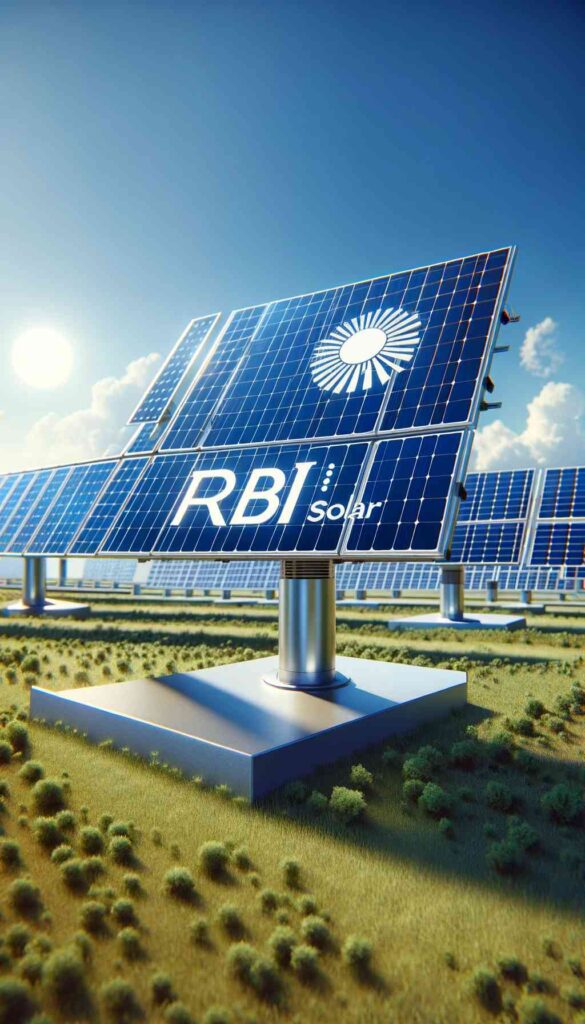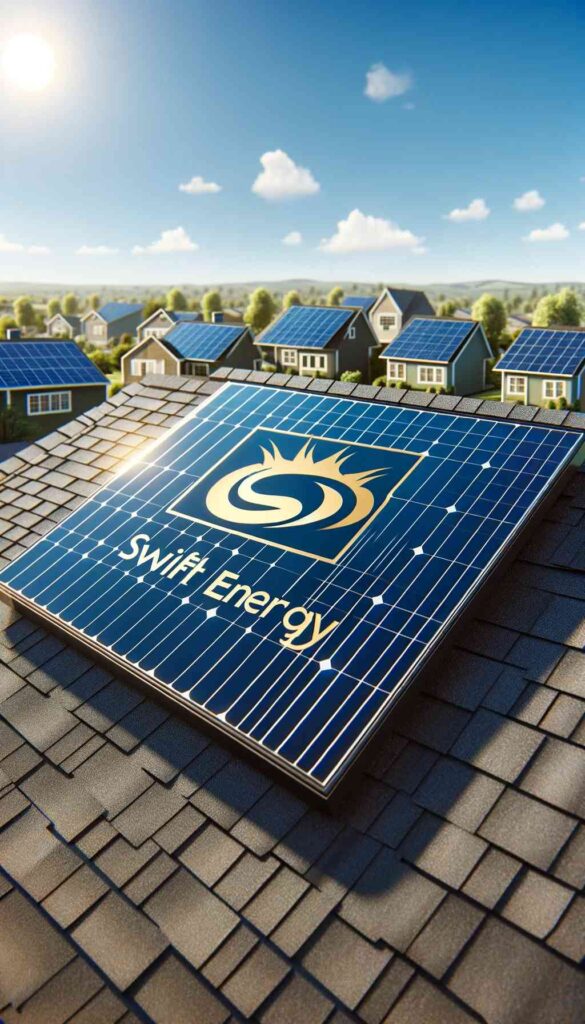Key Takeaways
- Solar power is transforming communities by reducing energy costs and creating local jobs.
- Solar energy improves air quality and reduces pollution, benefiting public health.
- Community solar projects make clean energy accessible to low-income households.
- Successful solar initiatives around the world serve as inspiring models for others.
- Government policies and incentives are crucial for the widespread adoption of solar energy.
The Transformative Power of Solar in Community Development
Solar power is more than just an alternative energy source; it’s a catalyst for positive change in communities worldwide. By harnessing the sun’s energy, we can drive economic growth, improve public health, and promote social equity. Let’s explore how solar power is making a difference and what it means for the future of our communities.
Economic Benefits and Job Creation
One of the most compelling reasons to invest in solar power is the economic boost it provides. Installing solar panels requires skilled labor, which means job creation. The solar industry is one of the fastest-growing job sectors in the world. From manufacturing to installation and maintenance, solar projects offer a range of employment opportunities.
Besides job creation, solar energy reduces energy costs for households and businesses. This is particularly beneficial for low-income families who often spend a significant portion of their income on energy bills. By lowering these costs, solar power frees up resources for other essential needs.
Environmental Health and Reduction of Pollution
Solar power is a clean and renewable energy source that significantly reduces pollution. Unlike fossil fuels, solar energy doesn’t emit harmful pollutants into the air, which means cleaner air and fewer health problems. This is especially important in urban areas where air quality can be a major concern.
Improving air quality isn’t just good for the environment; it’s essential for public health. Reduced pollution levels mean fewer respiratory illnesses and related health issues, leading to healthier communities overall.
Improving Social Equity through Solar Access
Solar power has the potential to bridge the gap between energy haves and have-nots. Community solar projects, in particular, allow people who may not have the means to install their own solar panels to benefit from solar energy. These projects enable multiple households to share the benefits of a single solar installation, making clean energy more accessible and affordable.
By prioritizing solar access for low-income households and marginalized communities, we can address energy inequities and promote social equity. This ensures that everyone, regardless of their economic status, can participate in the green energy revolution.
Community Solar Success Stories
There are countless examples of communities around the world that have embraced solar power and reaped the benefits. These success stories serve as inspiring models for others looking to make the switch to renewable energy.
For instance, in Germany, the Energiewende initiative has transformed the country into a global leader in solar energy. By investing heavily in solar infrastructure and offering incentives for solar adoption, Germany has demonstrated the potential of solar power to drive economic growth and environmental sustainability.
Key Examples of Impactful Projects Worldwide
Beyond Germany, other countries have also made significant strides in solar energy. In California, the state’s Solar Initiative has empowered local communities by providing financial incentives for solar installations. This program has not only increased solar adoption but also created thousands of jobs in the solar industry.
In India, solar parks have been established to provide clean energy access to rural areas. These parks generate electricity for entire communities, improving quality of life and fostering economic development.
Overcoming Challenges in Solar Adoption
While solar power offers numerous benefits, its adoption isn’t without challenges. Many communities face obstacles that hinder their ability to fully embrace solar energy. However, with the right strategies and support, these challenges can be overcome.
One major challenge is the upfront cost of solar installations. Although solar energy saves money in the long run, the initial investment can be prohibitive for some. This is especially true for low-income households and small businesses.
Addressing Financial Barriers and Funding Options
To tackle financial barriers, it’s important to explore funding options that make solar energy more accessible. Governments and financial institutions can play a significant role by offering grants, loans, and subsidies for solar projects.
- Grants: Many governments provide grants to support community solar projects, reducing the financial burden on participants.
- Loans: Low-interest loans can help individuals and businesses finance solar installations over time.
- Subsidies: Subsidies can lower the cost of solar panels and installation, making solar energy more affordable.
By leveraging these funding options, communities can reduce the financial barriers to solar adoption and pave the way for a cleaner, more sustainable future.
Technical and Logistical Considerations
Besides financial barriers, there are technical and logistical challenges to consider when adopting solar power. These include site selection, system design, and grid integration. Proper planning and expert consultation are essential to address these issues effectively.
Site selection involves choosing the optimal location for solar panels to maximize energy production. This requires an assessment of factors like sunlight exposure, shading, and available space. Once a site is selected, the system must be designed to meet the specific energy needs of the community.
Finally, integrating solar energy into the existing power grid can be complex. It’s important to work with utility companies and grid operators to ensure a seamless transition to solar power.
The Role of Policy and Government Support
Government support is vital for the widespread adoption of solar energy. Policies and incentives can drive solar growth by encouraging investment and participation in solar projects. When governments prioritize renewable energy, they create an environment where solar power can thrive.
Incentives and Legislation for Solar Growth
Incentives such as tax credits, rebates, and feed-in tariffs can make solar energy more attractive to individuals and businesses. These financial incentives reduce the overall cost of solar installations and accelerate adoption, making it essential to consider compact solar solutions for maximizing efficiency in small spaces.
Legislation is another critical tool for promoting solar energy. Laws that mandate renewable energy targets and support solar-friendly zoning regulations can create a favorable landscape for solar growth.
Community Engagement in Decision-Making
Community engagement is key to the success of solar projects. By involving local residents in the decision-making process, communities can ensure that solar initiatives meet their specific needs and priorities.
Community meetings, surveys, and workshops are effective ways to gather input and build consensus around solar projects. By fostering a sense of ownership and collaboration, communities can drive the adoption of solar energy and create lasting positive impacts.
Building a Sustainable Future Together
Solar power is a powerful tool for building a sustainable future. By working together, individuals, businesses, and governments can harness the sun’s energy to create cleaner, healthier, and more equitable communities.
Whether you’re a homeowner, a business owner, or a policymaker, there are steps you can take to support solar energy and contribute to a greener world. Let’s embrace the power of solar and work towards a brighter, more sustainable future for all.
How Individuals and Businesses Can Contribute
Individuals and businesses play an important role in the transition to solar energy. By taking proactive steps, they can support the growth of renewable energy and contribute to a more sustainable future. One of the most effective ways to get involved is by installing solar panels on your property. This not only reduces your carbon footprint but also lowers your energy bills over time.
For businesses, investing in solar energy can be a smart financial decision. It demonstrates a commitment to sustainability, which can enhance your brand’s reputation and appeal to eco-conscious consumers. Plus, businesses can benefit from tax incentives and rebates that offset the initial cost of solar installations.
Steps for a Community to Start a Solar Project
Starting a community solar project requires careful planning and collaboration. The first step is to assess the community’s energy needs and determine the feasibility of a solar project. This involves evaluating potential sites for solar installations and estimating the project’s costs and benefits.
Once the feasibility study is complete, the next step is to secure funding. This can be achieved through a combination of grants, loans, and community fundraising efforts. Engaging local stakeholders, including residents, businesses, and government officials, is essential to building support and securing the necessary resources.
Frequently Asked Questions
How does solar energy contribute to economic growth?
Solar energy contributes to economic growth by creating jobs and reducing energy costs. The solar industry employs a diverse workforce, from engineers and technicians to sales and administrative staff. By reducing reliance on fossil fuels, solar energy also lowers energy costs for consumers and businesses, freeing up resources for other economic activities.
How does solar energy promote social equity?
Solar energy promotes social equity by making clean energy accessible to all, regardless of income level. Community solar projects allow individuals who cannot afford their own solar panels to benefit from shared solar installations. This helps bridge the gap between energy haves and have-nots and ensures that everyone can participate in the transition to renewable energy.
Solar energy also reduces pollution, which disproportionately affects low-income communities. By improving air quality and public health, solar power contributes to a more equitable society.
What are the benefits of increasing solar access in low-income communities?
Increasing solar access in low-income communities has numerous benefits. It reduces energy costs for households, freeing up income for other essential needs. Solar energy also improves air quality, leading to better health outcomes for residents. Also, community solar projects create local jobs and stimulate economic development, contributing to the overall prosperity of the community.
What are examples of successful community solar projects?
Successful community solar projects can be found around the world. One notable example is the “Solar for All” program in Washington, D.C., which aims to provide solar energy to low-income households. This initiative has installed solar panels on hundreds of homes, reducing energy costs and improving quality of life for residents.
Another example is the “Solar Gardens” project in Minnesota, which allows residents to subscribe to a shared solar array. Subscribers receive credits on their electricity bills, making solar energy more accessible and affordable.
These projects demonstrate the power of community collaboration and innovative solutions in advancing solar energy adoption.


